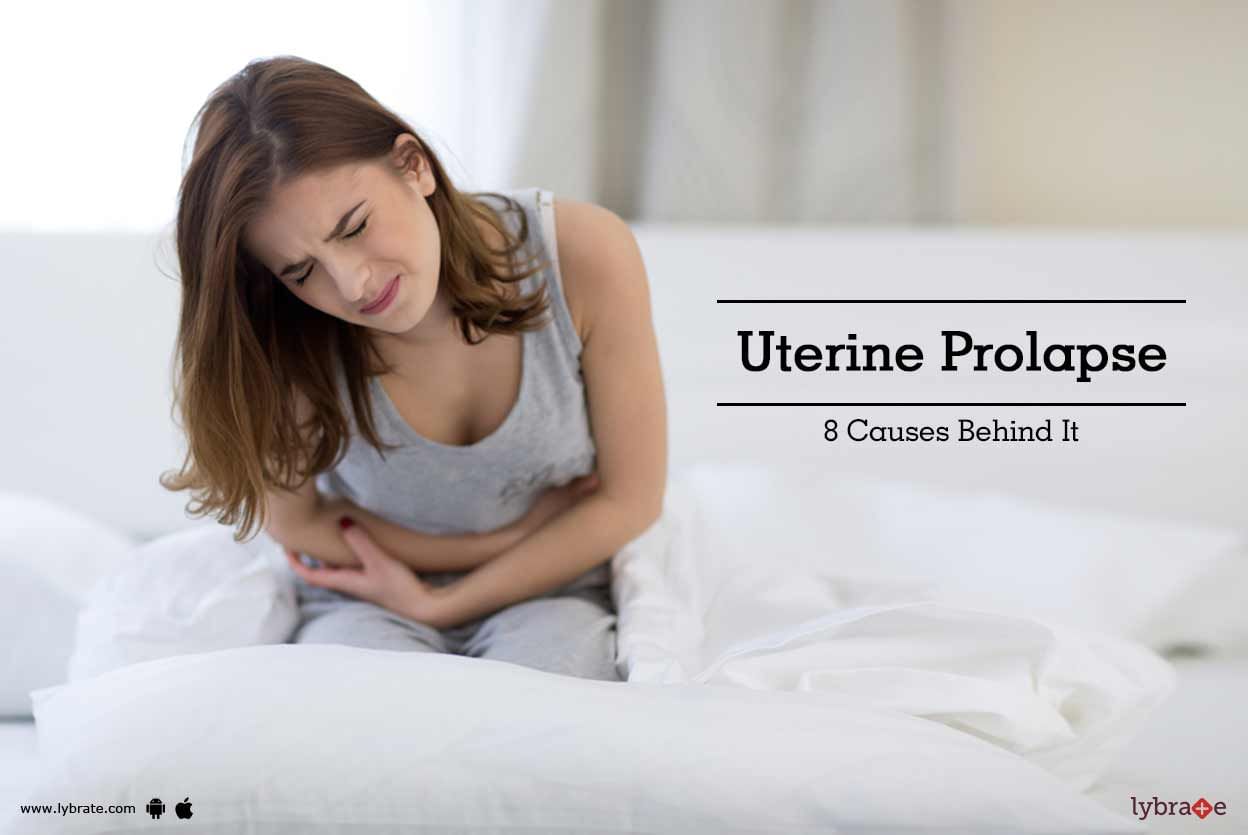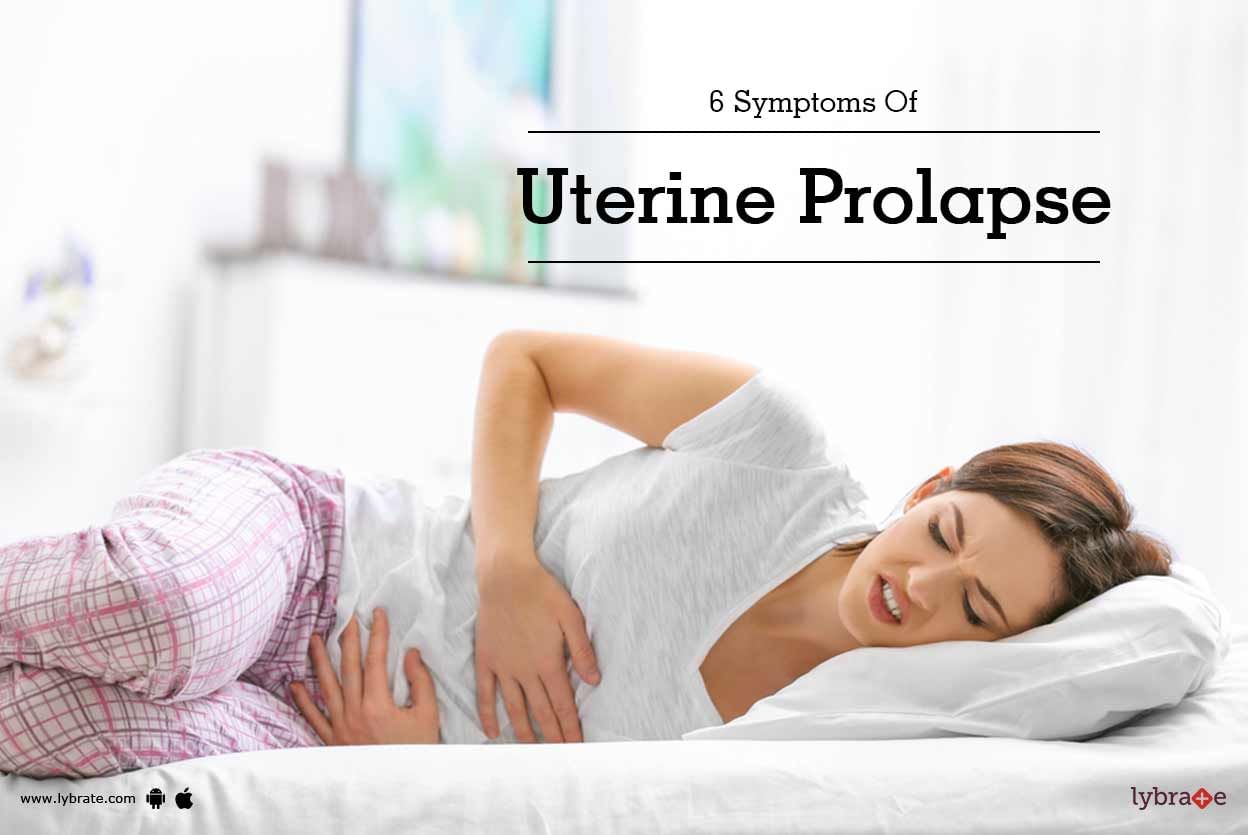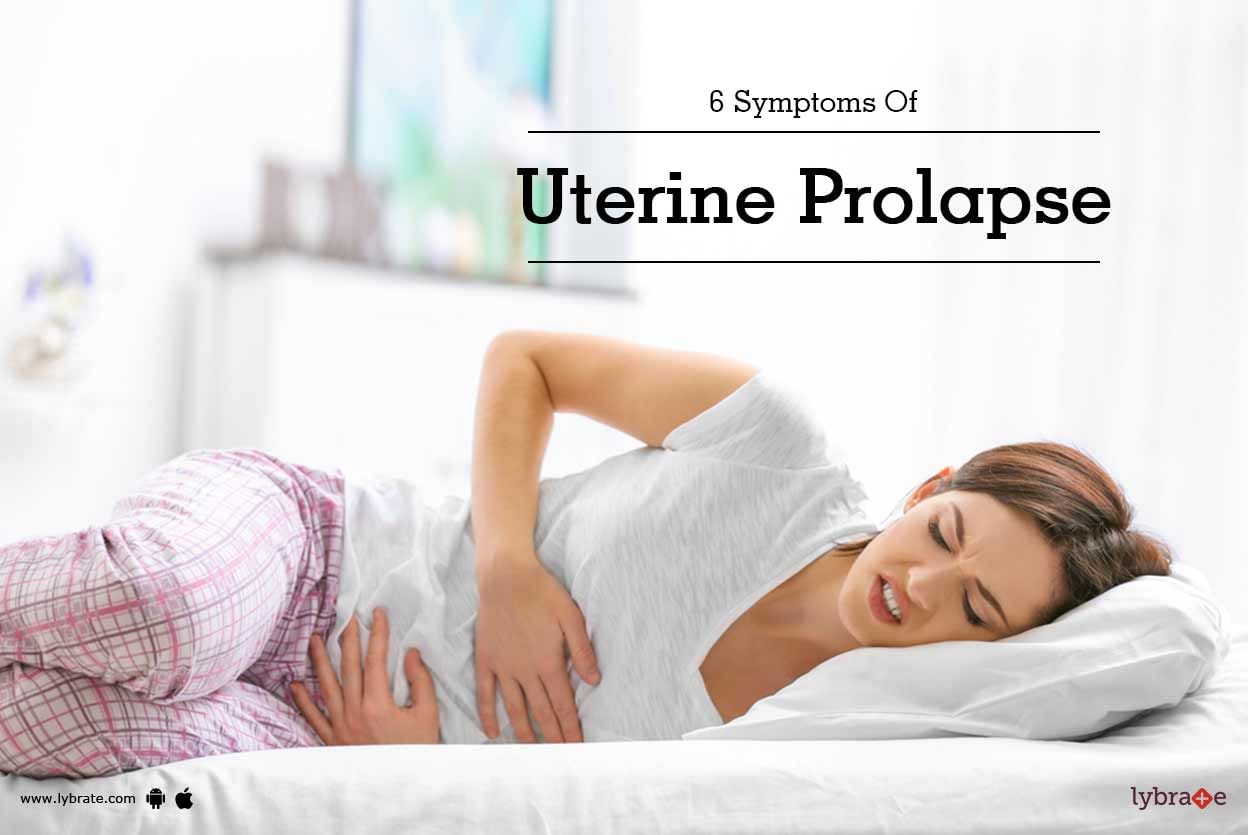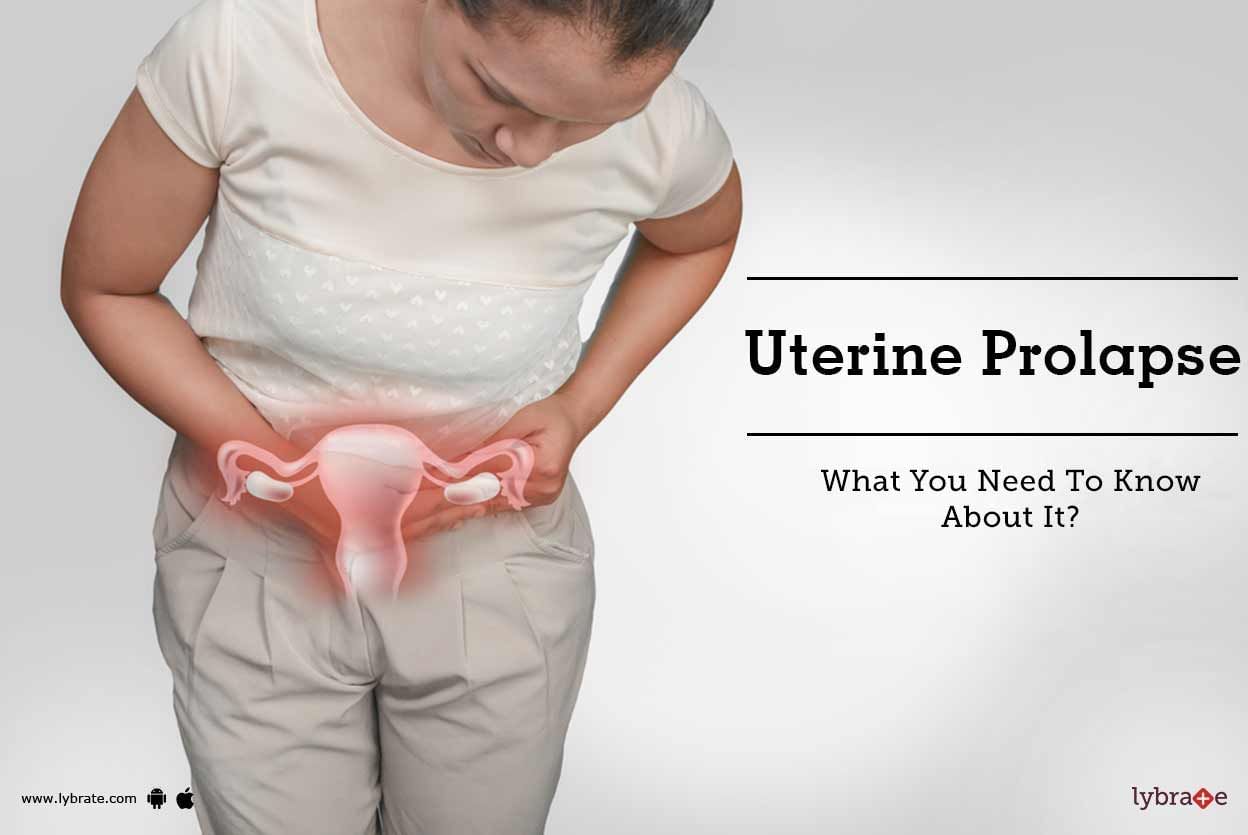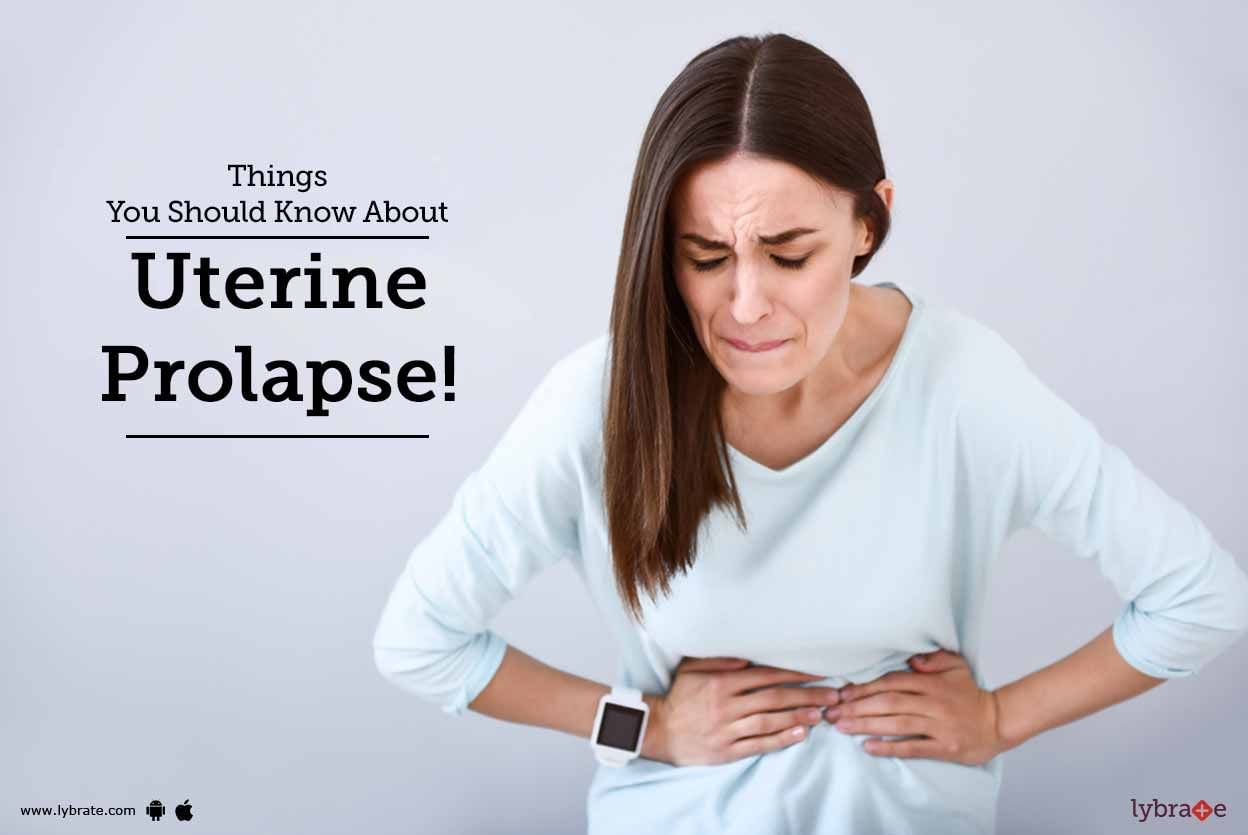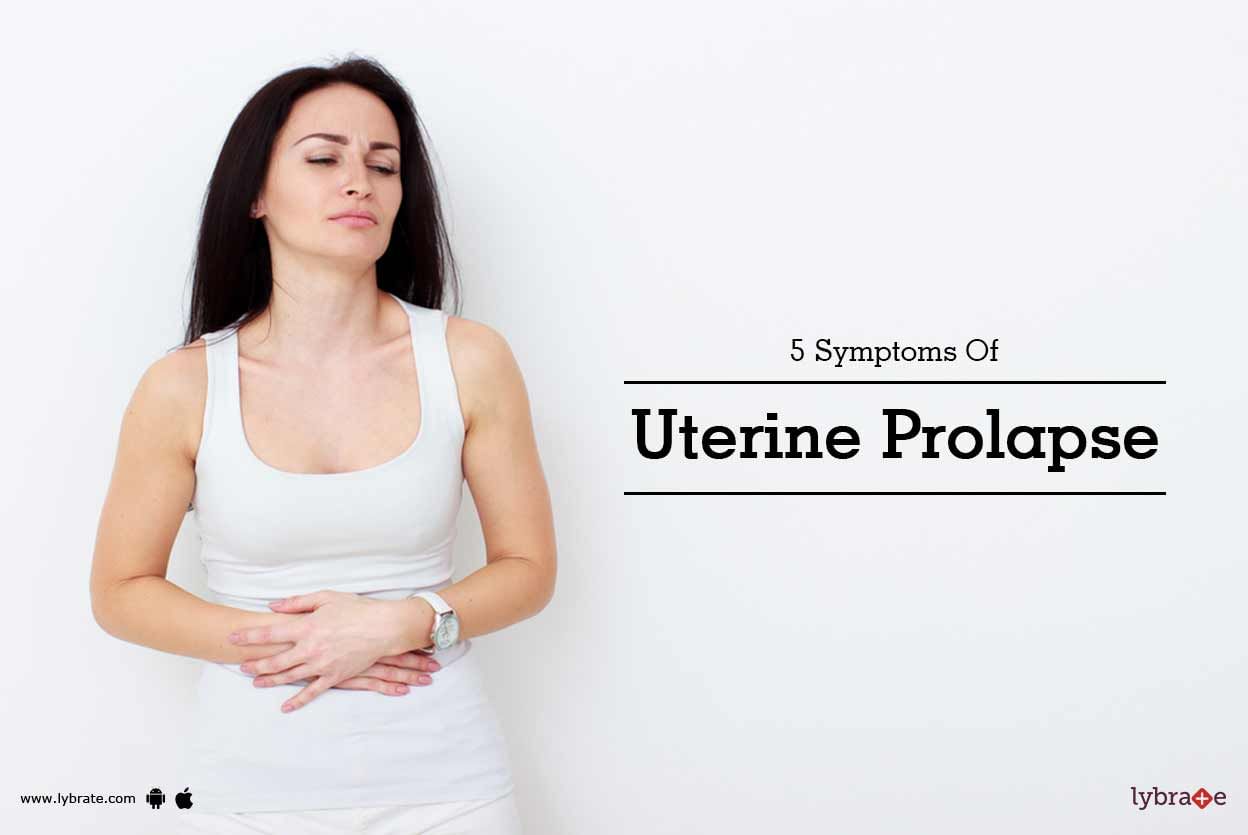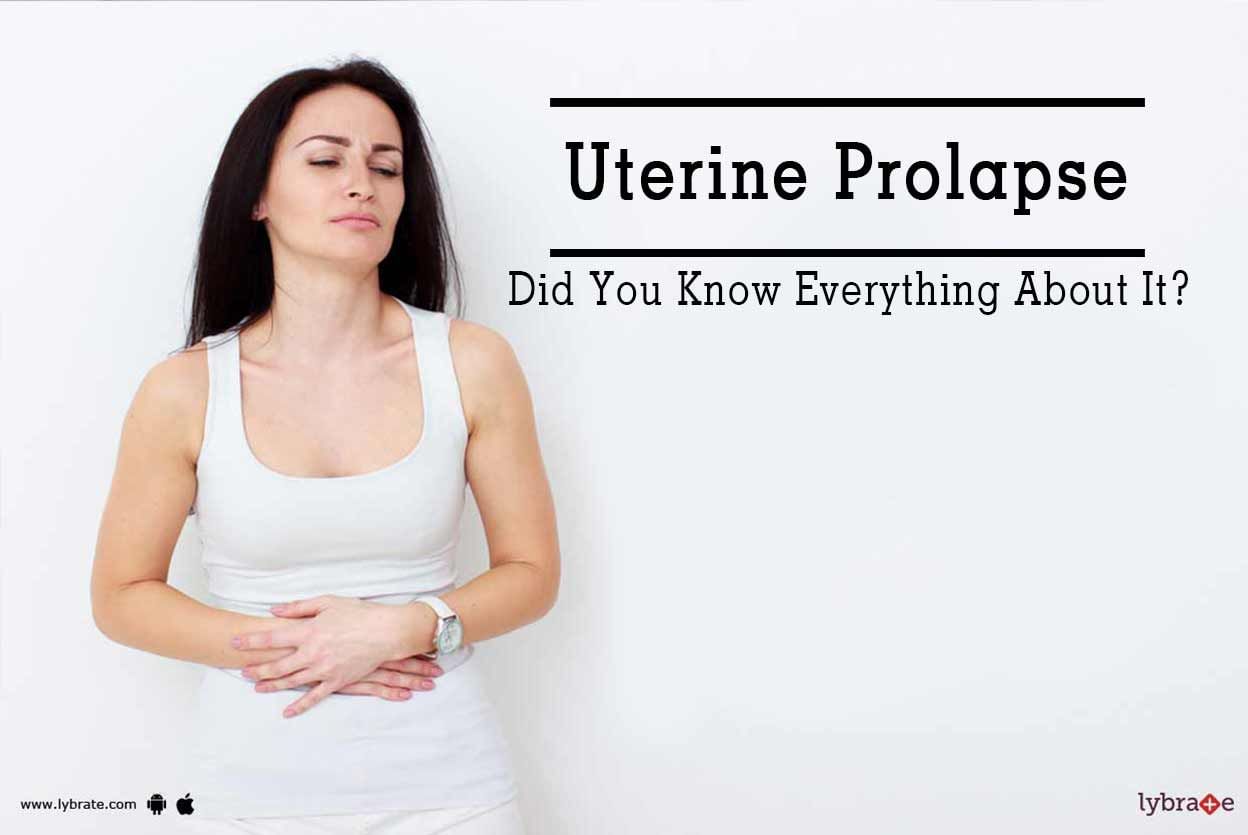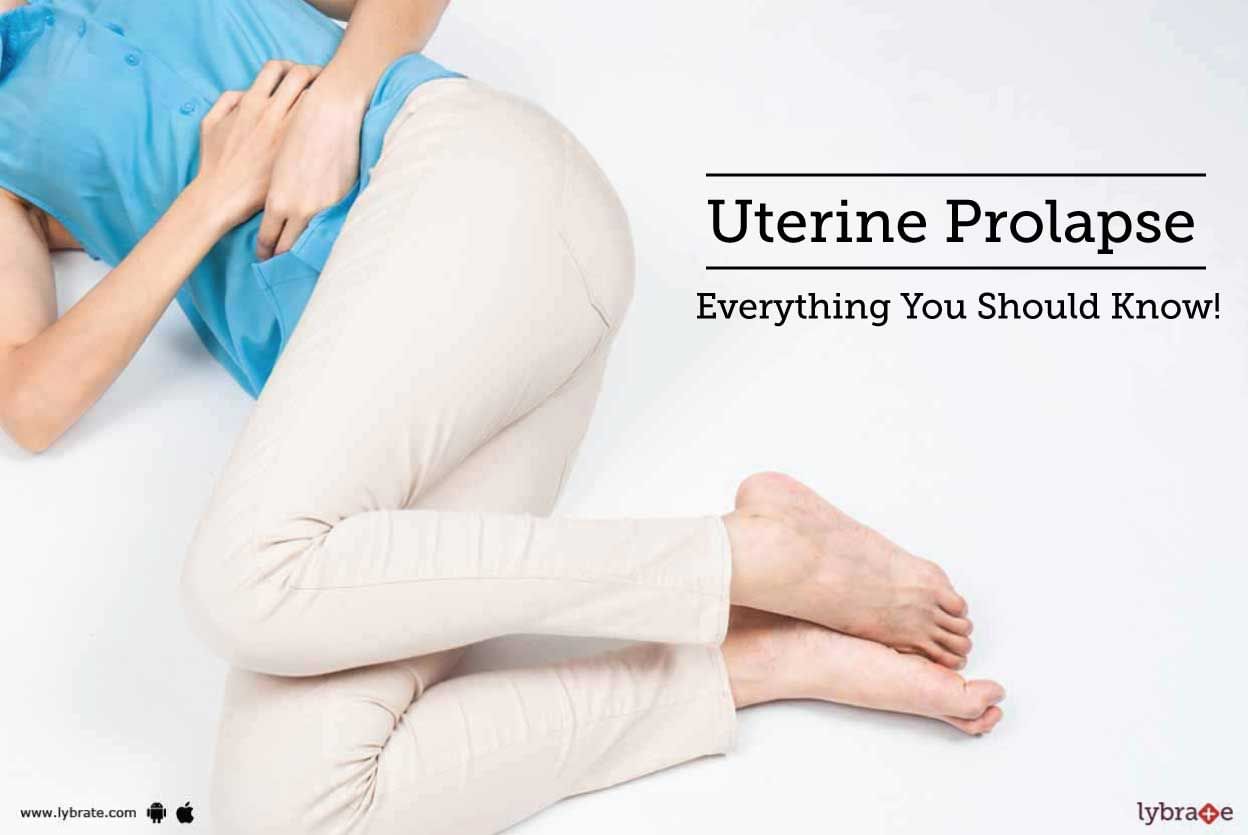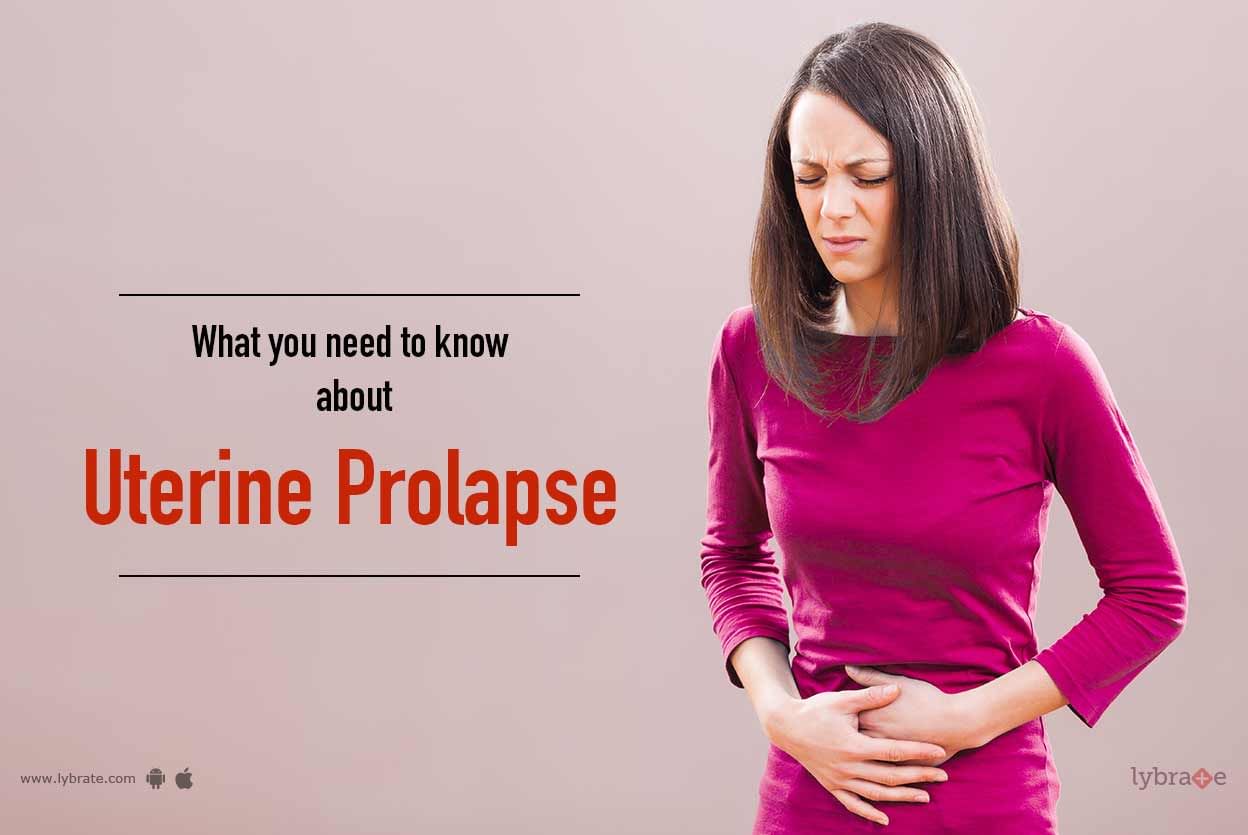Get the App
For Doctors
Login/Sign-up
About
Health Feed
Find Doctors
Health Packages
Prolapse Surgery Tips
Last Updated: 8 years ago• Featured Tip
Share
Bookmark
Report
Causes and symptoms of uterine prolapse
The uterus is a muscular structure held in place inside your pelvis with the help of muscles, ligaments, and tissues. These muscles weaken in women due to pregnancy, childbirth or delivery complications and can lead to severe complications. One such complication is a uterine prolapse. Uterine prolapse occurs when the uterus sags or slips from its normal position into the vaginal canal.
The causes of uterine prolapse are varied and include...more
The uterus is a muscular structure held in place inside your pelvis with the help of muscles, ligaments, and tissues. These muscles weaken in women due to pregnancy, childbirth or delivery complications and can lead to severe complications. One such complication is a uterine prolapse. Uterine prolapse occurs when the uterus sags or slips from its normal position into the vaginal canal.
The causes of uterine prolapse are varied and include...more
Last Updated: 8 years ago• Featured Tip
Share
Bookmark
Report
The uterus is a muscular structure held in place inside your pelvis with the help of muscles, ligaments, and tissues. These muscles weaken in women due to pregnancy, childbirth or delivery complications and can lead to severe complications. One such complication is a uterine prolapse. Uterine prolapse occurs when the uterus sags or slips from its normal position into the vaginal canal.
The causes of uterine prolapse are varied and include:
Delivering a large baby
Pregnancy<...more
The causes of uterine prolapse are varied and include:
Delivering a large baby
Pregnancy<...more
Last Updated: 8 years ago• Featured Tip
Share
Bookmark
Report
Causes and symptoms of uterine prolapse
The uterus is a muscular structure held in place inside your pelvis with the help of muscles, ligaments, and tissues. These muscles weaken in women due to pregnancy, childbirth or delivery complications and can lead to severe complications. One such complication is a uterine prolapse. Uterine prolapse occurs when the uterus sags or slips from its normal position into the vaginal canal.
The causes of uterine prolapse are varied and include...more
The uterus is a muscular structure held in place inside your pelvis with the help of muscles, ligaments, and tissues. These muscles weaken in women due to pregnancy, childbirth or delivery complications and can lead to severe complications. One such complication is a uterine prolapse. Uterine prolapse occurs when the uterus sags or slips from its normal position into the vaginal canal.
The causes of uterine prolapse are varied and include...more
Last Updated: 8 years ago• Featured Tip
Share
Bookmark
Report
The condition of uterine prolapse takes place when the floor muscles (and sometimes, ligaments) of the pelvis region gets stretched overly and then gradually weakens, thus becoming unable to provide adequate support to the uterus. This often leads to the protrusion or the slipping down of the uterus out of the vaginal opening. Though it can affect women of any age, it usually happens to women after menopause, especially those who have already had deliveries out of the vagina.
Causes:more
Causes:
Last Updated: 7 years ago• Featured Tip
Share
Bookmark
Report
Your uterus is held in place by ligaments, tissues and pelvic muscles. The prolapse occurs when the ligaments or muscles weaken, and thus they can no longer support the uterus. The uterus slips or sags from its usual position into the birth canal (vagina).
Uterine prolapse could be complete or incomplete:
If the uterus partly sags into the vagina, the prolapse is incomplete.
If the uterus falls, and tissues are found to be resting in the vagina's exterior, the prolapse is t...more
Uterine prolapse could be complete or incomplete:
If the uterus partly sags into the vagina, the prolapse is incomplete.
If the uterus falls, and tissues are found to be resting in the vagina's exterior, the prolapse is t...more
Last Updated: 8 years ago• Featured Tip
Share
Bookmark
Report
The condition of uterine prolapse takes place when the floor muscles (and sometimes, ligaments) of the pelvis region gets stretched overly and then gradually weakens, thus becoming unable to provide adequate support to the uterus. This often leads to the protrusion or the slipping down of the uterus out of the vaginal opening. Though it can affect women of any age, it usually happens to women after menopause, especially those who have already had deliveries out of the vagina.
Causes:more
Causes:
Last Updated: 6 years ago• Featured Tip
Share
Bookmark
Report
Your uterus is held in place by ligaments, tissues and pelvic muscles. The prolapse occurs when the ligaments or muscles weaken, and thus they can no longer support the uterus. The uterus slips or sags from its usual position into the birth canal (vagina).
Uterine prolapse could be complete or incomplete:
If the uterus partly sags into the vagina, the prolapse is incomplete.
If the uterus falls, and tissues are found to be resting in the vagina's exterior, the prolapse is t...more
Uterine prolapse could be complete or incomplete:
If the uterus partly sags into the vagina, the prolapse is incomplete.
If the uterus falls, and tissues are found to be resting in the vagina's exterior, the prolapse is t...more
Last Updated: 6 years ago• Featured Tip
Share
Bookmark
Report
Your uterus is held in place by ligaments, tissues and pelvic muscles. The prolapse occurs when the ligaments or muscles weaken, and thus they can no longer support the uterus. The uterus slips or sags from its usual position into the birth canal (vagina).
Uterine prolapse could be complete or incomplete:
If the uterus partly sags into the vagina, the prolapse is incomplete.
If the uterus falls, and tissues are found to be resting in the vagina's exterior, the prolapse is t...more
Uterine prolapse could be complete or incomplete:
If the uterus partly sags into the vagina, the prolapse is incomplete.
If the uterus falls, and tissues are found to be resting in the vagina's exterior, the prolapse is t...more
Last Updated: 5 years ago• Featured Tip
Share
Bookmark
Report
The uterus or womb, is a muscular structure and is held in place by ligaments and pelvic muscles. If these muscles or tendons become weak, they cause prolapse and are no longer able to hold the uterus in its place.
Uterine prolapse happens when the uterus falls or slips from its ordinary position. It could be complete prolapse or even incomplete at times. A fragmented prolapse happens when the uterus is just hanging into the vagina. A complete prolapse depicts a circumstance in which th...more
Uterine prolapse happens when the uterus falls or slips from its ordinary position. It could be complete prolapse or even incomplete at times. A fragmented prolapse happens when the uterus is just hanging into the vagina. A complete prolapse depicts a circumstance in which th...more
Last Updated: 9 years ago• Featured Tip
Share
Bookmark
Report
The condition of uterine prolapse takes place when the floor muscles (and sometimes, ligaments) of the pelvis region gets stretched overly and then gradually weakens, thus becoming unable to provide adequate support to the uterus. This often leads to the protrusion or the slipping down of the uterus out of the vaginal opening. Though it can affect women of any age, it usually happens to women after menopause, especially those who have already had deliveries out of the vagina.
Causes:more
Causes:
Book appointment with top doctors for Prolapse Surgery treatment
View fees, clinic timings and reviews
Ask a free question
Get FREE multiple opinions from Doctors
posted anonymously


